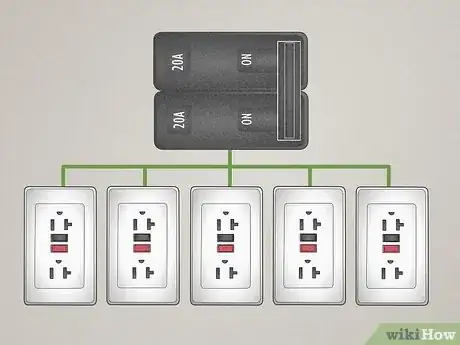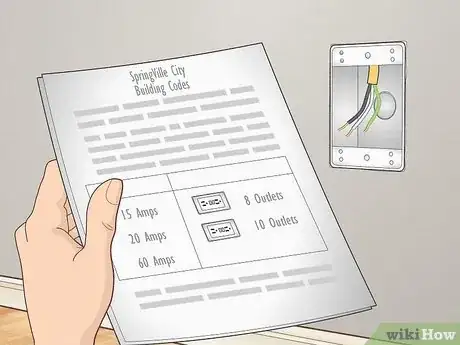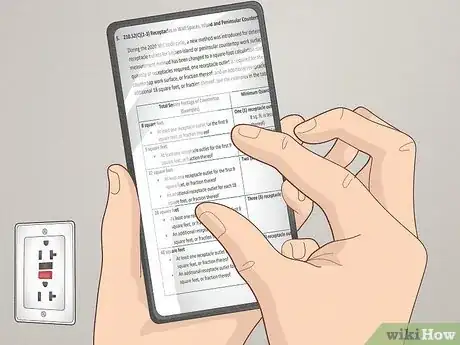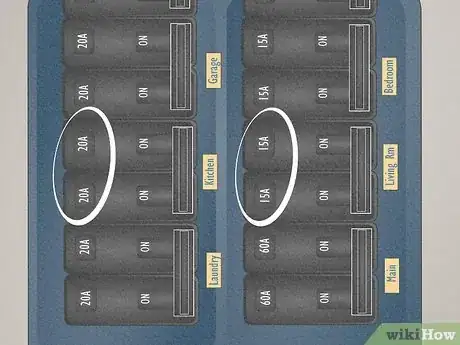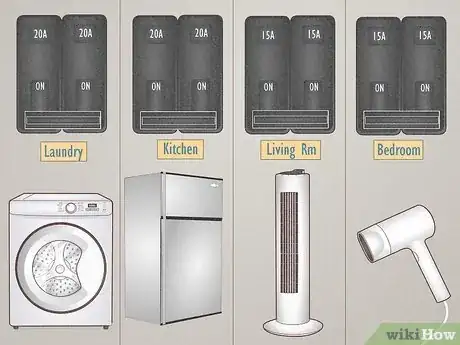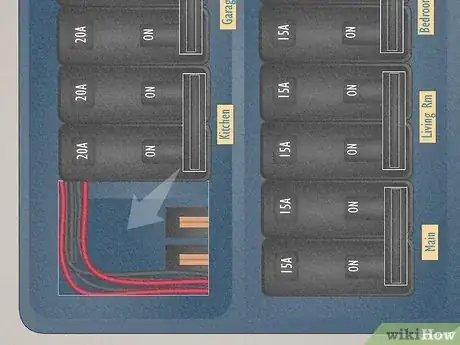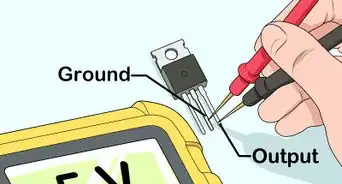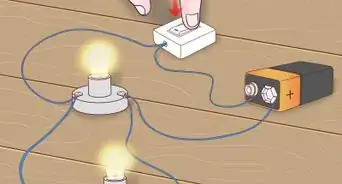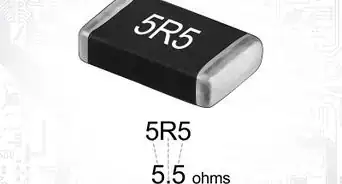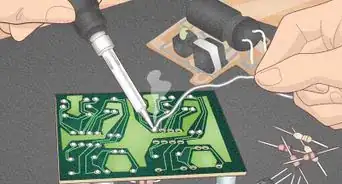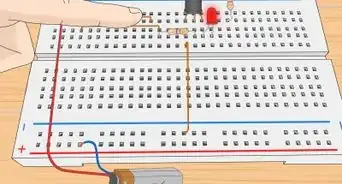This article was co-authored by wikiHow staff writer, Eric McClure. Eric McClure is an editing fellow at wikiHow where he has been editing, researching, and creating content since 2019. A former educator and poet, his work has appeared in Carcinogenic Poetry, Shot Glass Journal, Prairie Margins, and The Rusty Nail. His digital chapbook, The Internet, was also published in TL;DR Magazine. He was the winner of the Paul Carroll award for outstanding achievement in creative writing in 2014, and he was a featured reader at the Poetry Foundation’s Open Door Reading Series in 2015. Eric holds a BA in English from the University of Illinois at Chicago, and an MEd in secondary education from DePaul University.
Learn more...
If you’re doing some home renovation or you’re designing your dream home, you may want to know what the rules are surrounding circuit allocations and outlets. How many normal outlets can fit on one circuit? What about fancy outlets, like the one you need for a dryer or washing machine? If you’re looking for straightforward answers, you’re in the right place. In this article we’ll break down everything you need to know about outlets, amperage, and your fuse box.
Things You Should Know
- Run 8 outlets to a standard 15-amp circuit. On a 20-amp circuit, run 10 outlets.
- There are no national requirements in the building code when it comes to the maximum number of outlets per circuit, but check your local codes.
- Spread your outlets over as many circuits as you reasonably can to minimize the odds you trip your circuit breakers.
- Identify whether a circuit is 15- or 20-amp by checking your fuse box. The amperage will be listed on the handle of each switch or on the panel of the door.
Steps
References
- ↑ https://www.ci.la-porte.tx.us/DocumentCenter/View/194/Minimum-Residential-Electrical-Requirements-PDF
- ↑ https://www.osha.gov/sites/default/files/2018-12/fy07_sh-16586-07_4_electrical_safety_participant_guide.pdf
- ↑ https://portal.ct.gov/-/media/DAS/OEDM/2018-CD-HO/FA18-Residential-Electrical-Inspections---2-Slide-Handouts.pdf?la=en
- ↑ https://www.ci.la-porte.tx.us/DocumentCenter/View/194/Minimum-Residential-Electrical-Requirements-PDF
- ↑ https://www.ci.la-porte.tx.us/DocumentCenter/View/194/Minimum-Residential-Electrical-Requirements-PDF
- ↑ https://www.dli.mn.gov/sites/default/files/pdf/NECFAQ20.pdf
- ↑ https://iaeimagazine.org/2006/november2006/what-do-the-markings-on-circuit-breakers-mean/
- ↑ https://www.cpsc.gov/s3fs-public/518.pdf
- ↑ https://www.cpsc.gov/s3fs-public/518.pdf

